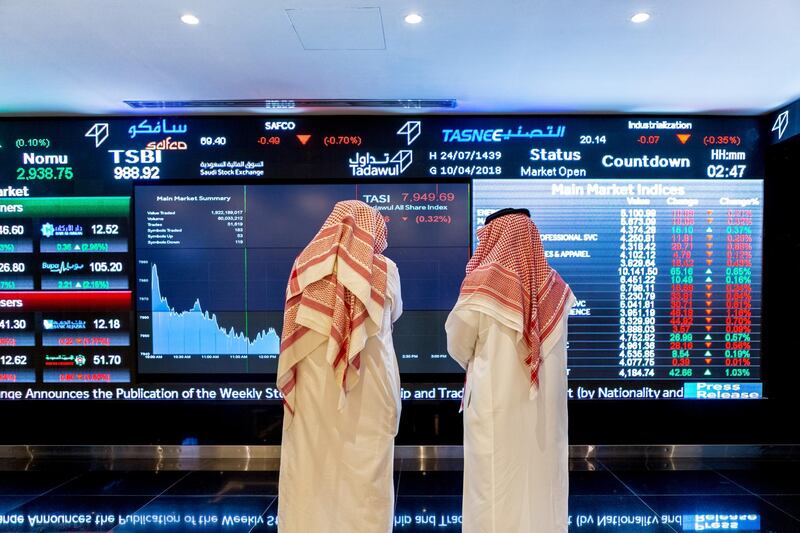Just as the Federal Reserve steadily picks up the pace of rate increases, Wall Street’s quantitative strategists are telling clients to sell US stocks and buy into emerging markets.
US central bankers are increasingly confident in their view of the economy. Of the Fed’s 16 voting members, 12 are advocating for one last rate increment this year, bringing the 2018 total to four. That compares with eight such votes in June. Policy is no longer “accommodative”, according to the latest statement.
So given the 2013 taper tantrum and the 1997 Asian financial crisis, it’s a bit surprising that Wall Street is turning bullish on emerging markets now.
The key is valuations. According to Credit Suisse’s Holt, an accounting framework that sifts through more than 20,000 companies in 65 countries, the premium of developed markets over their emerging counterparts is at a historical peak. This year, the S&P 500 Index has pursued its record bull run, outperforming the benchmark MSCI Emerging Markets Index by almost 18 percentage points.
Many on Wall Street worry that the American market is too expensive. Since 1981, the S&P 500’s cyclically adjusted price-to-earnings, or CAPE, ratio has been higher only once, as my colleague Nir Kaissar wrote, and that was at the peak of the dot-com bubble.
__________
Read more:
[ 'Rupture' in global trade possible, says CEO of world's largest wealth fund ]
[ New businesses spurring diversification for oil-producing states ]
China calls off trade talks with the US
__________
Valuations aside, many – this columnist included – just don’t believe the US can remain immune from the fallout of a global trade war while the rest of the world suffers. Sooner or later, American shoppers will feel the pinch: Almost one-quarter of the $200 billion (Dh734.5bn) Chinese products subject to higher tariffs are consumer goods.
Beyond the immediate outlook, even Fed board members are divided on what the economy will look like in 2020. Of the voters, nine see at least one rate increase then. Three reckon the central bank will have to revert to easing that year.
So if you believe the decoupling of US and emerging markets can’t last, “the time for the rotation may be now,” JPMorgan’s quant strategists said in a recent note. Stock markets tend to anticipate economic performance by six to 12 months.
Already, through the trading link with the Hong Kong exchange alone, global investors have bought a net $29bn of Chinese stocks this year. The nation’s A-shares are at their cheapest levels since 2014.
As I’ve argued, emerging market stocks can’t rally unless their nations’ currencies stabilise first. In emerging Asia, at least, the grownups seem to be in charge. Indonesia, suffering from a widening current-account deficit, and the Philippines, beset by inflation, have both boosted interest rates by 1.5 percentage points this year, with the latest increments announced Thursday.
China, meanwhile, with a 30 per cent weighting in the MSCI Emerging Markets Index, isn’t blindly following in the Fed’s footsteps. Its central bank has left the door open to monetary easing to lift the economy as trade sanctions bite.
You could even say a mini-taper tantrum has already happened. Hedge funds have been selling steadily out of MSCI Emerging Markets futures this year, unwinding all the buying they did since mid-2016.
There are two ways for these markets to get back in the same orbit: Either through an EM rally or an American correction. Either way, emerging markets look like the safer place to be.






